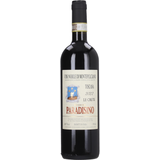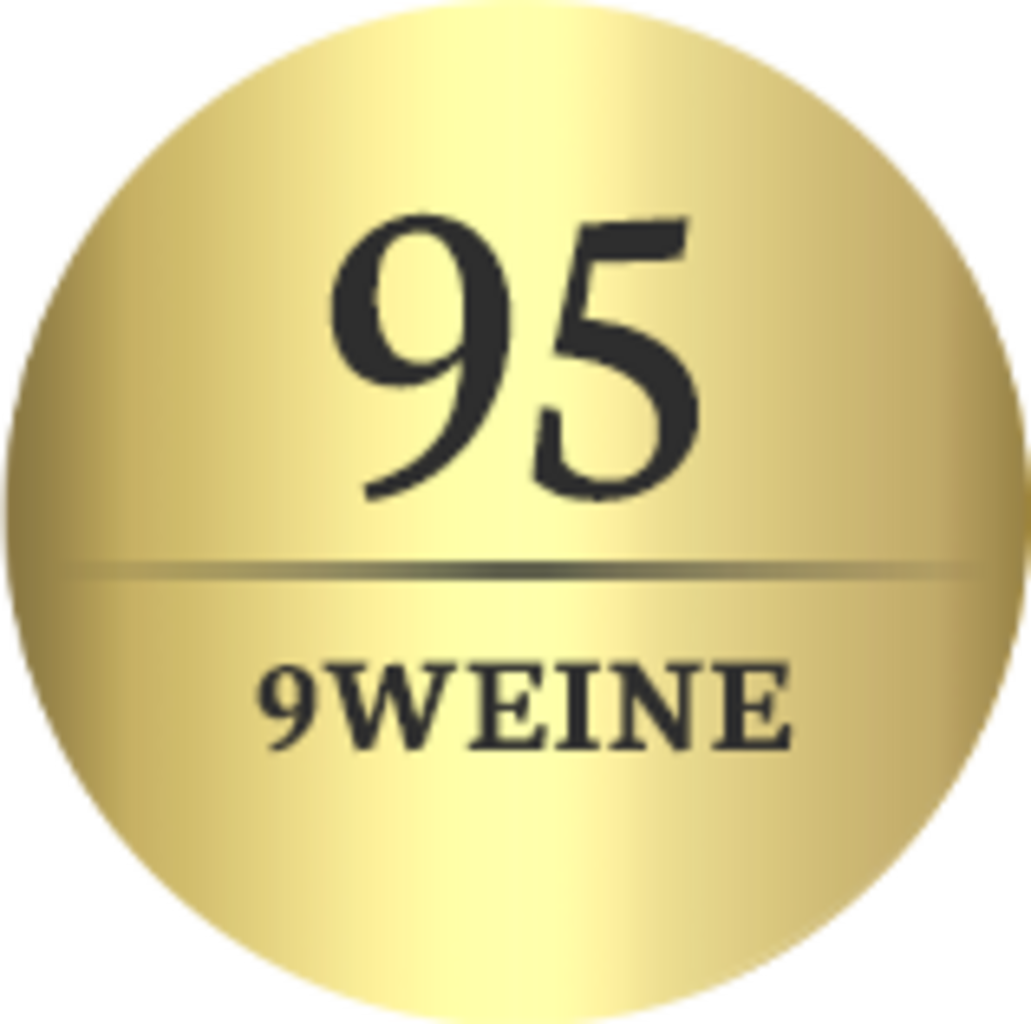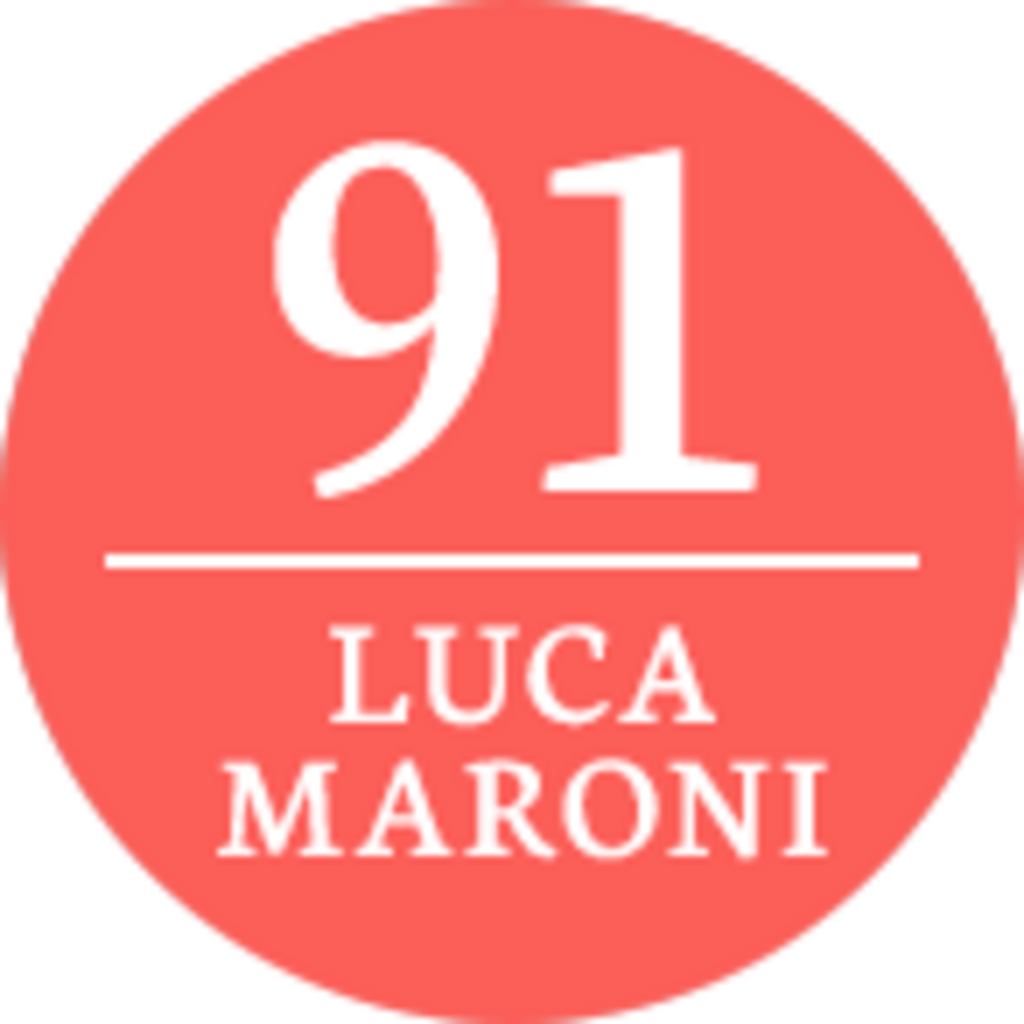Taste Wine Correctly In 3 Easy Steps
Our tasting checklist
When you hear connoisseurs philosophise about wine, it often sounds very poetic. They use terms you might never have associated with alcohol. From exotic fruits such as lychee or passion fruit to unusual flowers and smoky notes such as bacon or leather, diverse and varied scents and flavours occur. However, for the occasional wine drinker, what matters most is whether the wine tastes good or not.
Learning the basics is no great art and, with a little practice, you can train your sensory memory. Just "listen" carefully, because every wine tells its own story.
The optical impression
Pour a good measure of wine (approx. 100-200 ml; as a rule of thumb fill approx. 1/3 of the glass) and hold the glass by the stem or foot so your body heat doesn't change the temperature of the contents. Now tilt the glass so that the wine slopes to one side. The optical impression works best if you hold the glass in front of a white background. Now take a closer look at the following four criteria:
- Clarity: Clear - transparent - matte - cloudy
- Colour depth: Pale - medium - intense
- Hue:
⫸ White (green yellow, lemon yellow, straw yellow, golden yellow, amber, brown)
⫸ Red (crimson, ruby, garnet, brick, tawny, brown)
⫸ Rosé (pale pink, pink, salmon pink, orange, onion skin tone) - Impressions like tears/church windows: Church windows (also called legs/tears) appear on the inner wall of the glass after you have swirled the wine. Among other things, they provide information about the concentration of various ingredients (such as alcohol content, sugar content and extract content) in the wine.
As a rule of thumb, remember: The sharper the tears are, the higher the alcohol content.
Scent
The nose is the most important organ of taste. According to experts, the sense of smell determines up to 90% of taste. So smelling is the second step in wine tasting. Open your mouth very slightly, hold the glass in front of your nose and inhale the scent. What aromas do you perceive? It makes sense to wait a bit and smell the wine again after it has developed a little in the glass. When it comes to smell, use the following characteristics as a guide:
- Cleanliness: Clean - unclean (e.g. cork defects?)
- Intensity: Low - subtle - medium - pronounced - obtrusive
- Stage of development: Youthful - first notes of ripeness - mature - overripe - tired - oxidative
- Aromas/olfactory components: Use an aroma wheel (see picture below) as a guide and first try to roughly classify which aromas you perceive (fruity, flowery, spicy, herbal, woody, soil tones, etc.)
Taste
Step number three is the most important and most difficult. In some cases, you will be completely wrong. Tasting wine is a matter of personal perception and therefore a matter of taste. You can use an aroma wheel to help you with your wine tasting - however, there are different aroma wheels for white and red wine.
Aroma wheel:

Source: H&E Fine Wines
In addition to the taste components, the following criteria can also be distinguished:
- Degree of sweetness: Dry - semi-dry - semi-sweet - sweet - richly sweet
- Acidity: Low - mild - medium - distinctive - racy - pointed - aggressive
- Tannin content: Low - subtle - medium - firm - rich in tannins - astringent (drying and contraction of the oral mucosa in combination with a furry feeling on the tongue)
- Alcohol: Light - medium - powerful - burning
- Intensity: Low - subtle - medium - pronounced - obtrusive
- Finish: Short - medium - long
Photo Credits: James Doak Photography
Latest reviews
-
 3.5 (2)
3.5 (2)Clos Montblanc Masia les Comes Reserva 2017 Bio, 0,75 L
- Organic cuvée from Cabernet Sauvignon & Merlot
- 18 months barrique, now ideally matured
- Cassis, leather, roasted flavours & a hint of liquorice
€ 21,99 (€ 29,32 / L)Delivery by January 02
-
-
 4.0 (1)
4.0 (1)Pasqua Desire Lush &Zin, Primitivo Puglia IGP 2024, 0,75 L
- Intensely fruity red wine from Apulia
- Dark, powerful, with some residual sweetness
- Great companion for pizzas & burgers
€ 12,99 (€ 17,32 / L)Delivery by January 02
-
-
 4.0 (1)
4.0 (1)Podere Paradisino Le Crete Vino Nobile di Montepulciano 2022 DOCG, 0,75 L
- Traditional ageing over 24 months in wood
- Pure Sangiovese from Prugnolo-Gentile grapes
- Red berries, fine herbal spice and vibrant acidity
€ 20,99 (€ 27,99 / L)Delivery by January 02
-
-
 3.7 (9)
3.7 (9)Superwine OMG it's white, organic , 0,75 L
- 100% organic pecorino from Abruzzo, Italy
- Light, fruity and very accessible
- Elicits an "Oh my God" reaction
€ 9,99 (€ 13,32 / L)Delivery by January 02
-
Magazine Articles:
-
Austria: Free standard delivery from € 49,90
-
We operate in a
climate-conscious manner. -
Free
returns Secure payments
with SSL encryption technology






